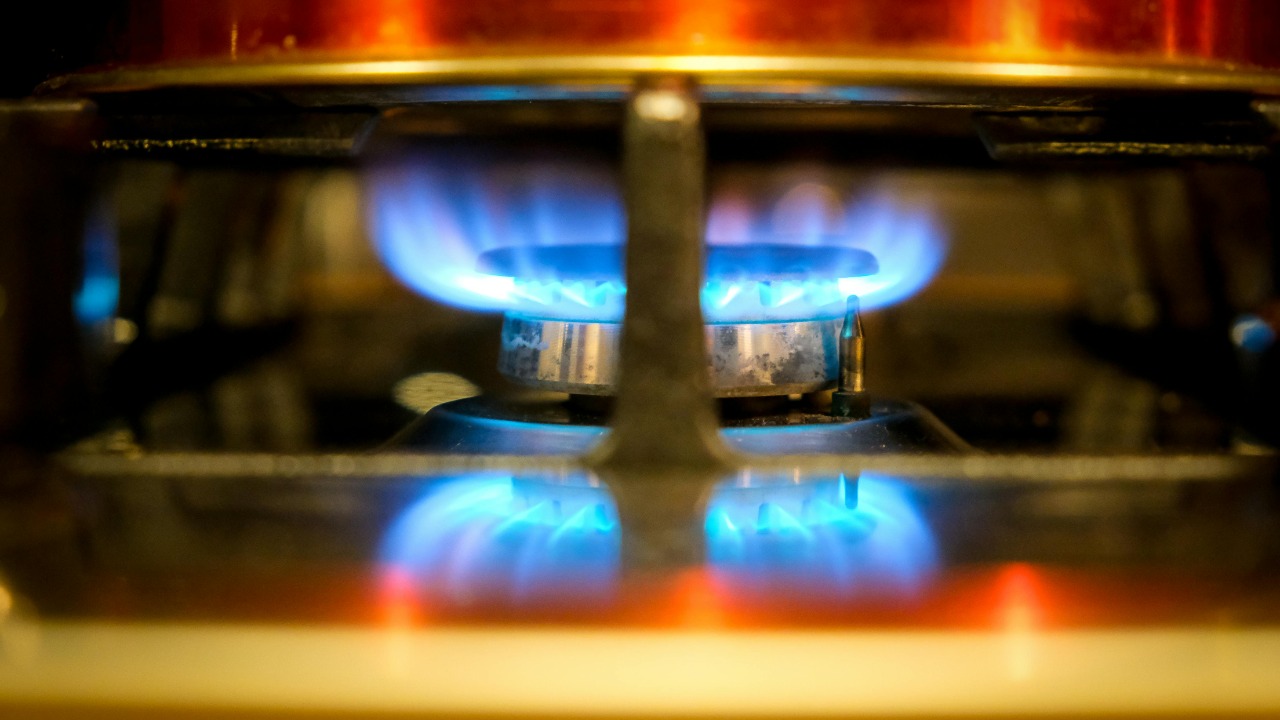
Gas stoves, a common fixture in many homes, are quietly contributing to a widespread health crisis. Everyday cooking with these appliances releases harmful pollutants, leading to chronic illnesses that families often fail to attribute to their stove. The hidden health effects of gas stoves are costing the average American family over $5,000 a year in medical bills, lost productivity, and other indirect expenses, according to a recent analysis. This alarming revelation underscores the urgent need to address the role of household appliances in our health.
The Pollutants Emitted by Gas Stoves
When we cook with gas stoves, we unknowingly expose ourselves to a cocktail of harmful emissions. The primary culprits are nitrogen dioxide and particulate matter, which are released during the combustion process. These pollutants infiltrate our indoor air, often reaching concentration levels that exceed safe thresholds, even in homes with ventilation systems.
Another risk comes from incomplete combustion, which can lead to a buildup of carbon monoxide. This colorless and odorless gas poses immediate poisoning risks, making it a silent and deadly byproduct of gas stove usage.
Health Effects on Respiratory Systems
Research has established a clear link between gas stove use and increased rates of asthma. Children living in homes with gas cooking are more likely to require emergency room visits due to respiratory issues. Chronic conditions like bronchitis are also exacerbated by daily exposure to the pollutants emitted by gas stoves, contributing to the slow poisoning effect over years of use.
Moreover, adults are not immune to these health risks. Data shows a reduction in lung function among adults who regularly cook with gas stoves, emphasizing the cumulative impact on all family members sharing the same kitchen space.
Broader Impacts on Family Well-Being
The health effects of gas stoves extend beyond respiratory issues. Prolonged exposure to the pollutants they emit can increase the risk of heart disease, a hidden health effect that many families are unaware of. Neurological effects, such as headaches and cognitive impairments, can also occur, subtly affecting daily family life without presenting obvious symptoms.
It’s important to note that these health burdens disproportionately affect low-income households. Gas stoves are more common in these homes due to their affordability, making this a pressing issue of environmental justice.
Calculating the $5,000 Annual Cost
The financial toll of gas stove-induced illnesses is staggering. Direct medical expenses alone cost families over $5,000 a year on average. But the true cost is even higher when we consider indirect expenses, such as missed workdays and school absences, which compound the financial strain on families.
When extrapolated to a national scale, the economic toll of these hidden health effects reaches into the billions. This underscores the urgency of addressing the health risks associated with gas stoves.
Evidence from Recent Studies
Recent research has shed light on the extent of indoor air pollution from gas appliances. Key findings from a November 2025 study provide concrete data on pollutant concentrations in homes with gas stoves. Epidemiological surveys have also shown correlations between the prevalence of gas stoves and health outcomes in different settings, further reinforcing the link between gas stove usage and chronic illnesses.
Experts are calling for urgent regulation to address this issue, highlighting the poisoning aspect of gas stove usage and the need for immediate action.
Mitigation Strategies for Homes
While policy changes are crucial, there are also practical steps that families can take to reduce their exposure to pollutants from gas stoves. Installing exhaust hoods can effectively lower emission levels in the kitchen. Regular maintenance is also important to prevent leaks, as faulty stoves can significantly amplify health risks.
Another useful tool is an air quality monitor, which can help families track and address hidden pollutants in real-time. This can be a valuable first step in mitigating the health effects of gas stoves.
Policy and Future Directions
On a policy level, efforts are underway to phase out gas stoves in new constructions. This is not only a health measure but also an economic one, given the yearly costs of over $5,000 associated with gas stove usage. Incentives for switching to electric alternatives are also being discussed, including rebates that could help offset the transition expenses.
Community advocacy plays a crucial role in this issue as well. Local bans on gas stoves are gaining traction, and their projected impact on reducing family health burdens is promising. As we continue to uncover the hidden health effects of gas stoves, it’s clear that a collective effort is needed to protect our families and our future.
More from MorningOverview